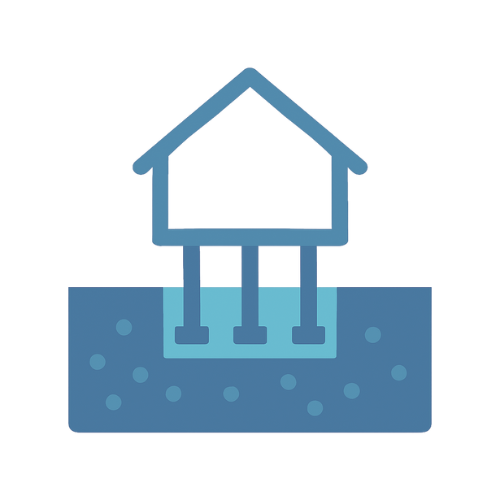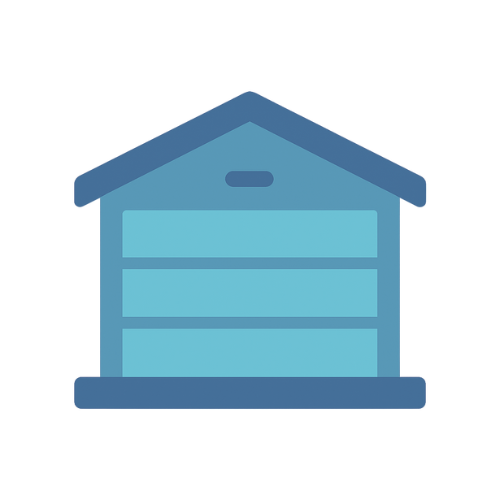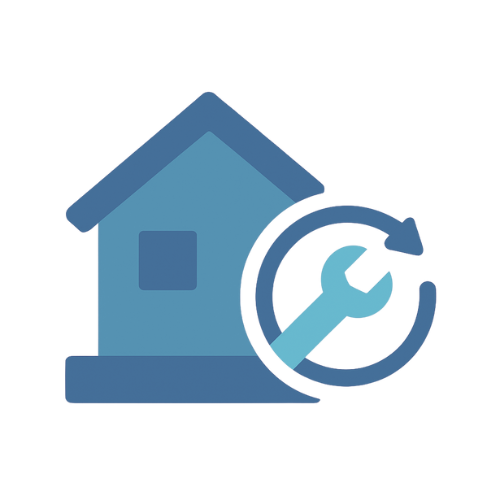The smart home revolution is accelerating—and 2025 marks a pivotal year in how connected technology is transforming our living spaces. From intelligent automation to health-focused devices, homeowners are embracing smarter ways to live, save energy, and feel safer.
According to Fortune Business Insights, the smart home market is projected to surpass $633 billion by 2032, fueled by demand for convenience, efficiency, and personalization. As smart devices become more affordable and interoperable, adoption is moving beyond early tech enthusiasts into the mainstream.
So, what trends are shaping the future of home life in 2025? Let’s explore the most exciting innovations driving this transformation.
Why Smart Homes Are More Than Just Gadgets
Smart home technology is no longer about simply turning lights on with your phone. It’s about enhancing your quality of life, reducing environmental impact, and creating safer, healthier spaces for your family.
Today’s connected homes offer real-world benefits:
-
Lower energy bills
-
Enhanced security and emergency response
-
Better air and water quality
-
Support for aging in place and health monitoring
And thanks to advancements in AI, machine learning, and device integration, these systems are easier than ever to use—no tech degree required.
🔥 Top 9 Smart Home Trends to Watch in 2025
1. AI-Powered Personalization
Artificial Intelligence is making smart homes truly intelligent. In 2025, AI doesn’t just automate—it learns and adapts. Smart homes will now:
-
Anticipate your morning routine
-
Adjust lighting and temperature automatically
-
Suggest schedules based on your lifestyle
Your home will feel like it knows you—because it does.
2. Health & Wellness Tech
Wellness is front and center in smart home design:
-
Sleep trackers monitor patterns and adjust environments
-
Smart air purifiers detect allergens and toxins
-
Voice assistants prompt hydration and breaks
-
Nutrition assistants suggest meals based on dietary goals
Your home becomes your health ally, promoting daily well-being without the guesswork.
3. Climate-Conscious Automation
Sustainability isn’t optional—it’s essential. Smart thermostats, solar system integrations, and energy-efficient appliances can reduce energy use by up to 30%.
Homeowners are:
-
Monitoring energy usage in real time
-
Automating off-peak usage
-
Receiving alerts when devices are inefficient
It’s a win for the environment—and your wallet.
4. Unified Smart Ecosystems
Fragmented systems are out. In 2025, everything works together—thanks to universal standards like Matter. Homeowners expect their:
-
Alexa to work with their Samsung appliances
-
Google Home to sync with Philips Hue lights
-
Smart locks to integrate with home security systems
The result? A seamless, frustration-free experience.
5. Predictive Security & Safety
Security tech is getting predictive. Instead of just detecting intrusions, AI-powered systems analyze behavior and patterns to anticipate threats.
Expect:
-
Facial recognition at the door
-
Real-time alerts tied to emergency services
-
Proactive monitoring that prevents incidents
According to Today’s Homeowner, home security tech grew 151% from 2019 to 2023—and it’s only getting smarter.
6. Gesture & Voice Control That Understands You
Natural interaction is the future. In 2025, voice assistants understand tone, emotion, and context. Gesture control adds another hands-free option.
Say “set the mood” and watch:
-
Lights dim
-
Music play
-
HVAC adjust to your comfort
Smart homes will feel less like machines—and more like intuitive companions.
7. AR & VR in Home Design & Maintenance
Augmented and virtual reality are changing how we plan and manage homes. Homeowners now use:
-
AR apps to visualize devices before buying
-
VR simulations to test layouts
-
Guided maintenance tutorials via smart glasses
This tech empowers DIY users and streamlines professional installations.
8. Advanced Energy Tracking & Optimization
Smart energy dashboards help you make smarter decisions. Real-time usage data allows homeowners to:
-
Identify high-consumption devices
-
Shift usage to cheaper hours
-
Receive personalized energy-saving tips
Expect utilities and service providers to bundle these tools as part of new home management packages.
9. Privacy-First Smart Devices
With increased connectivity comes greater concern over data privacy. In 2025, leading smart home brands are:
-
Offering decentralized control
-
Using end-to-end encryption
-
Providing opt-in data models with transparency
Devices that prioritize privacy and trust will rise above the rest.
What the Experts Predict for the Next 5 Years
📈 Global smart home device shipments are expected to exceed 2.5 billion units by 2030, according to TechInsights. Major players like Apple, Amazon, and Samsung are investing in unified platforms that merge security, appliances, entertainment, and wellness into fully integrated systems.
We’re also seeing growth in AI-powered subscription services, offering ongoing:
-
Air quality monitoring
-
Predictive appliance diagnostics
-
Preventative maintenance alerts
Governments are stepping in too, with expected regulations around energy efficiency and IoT cybersecurity—pushing manufacturers to innovate responsibly.
Is Your Home Smart-Ready?
You don’t need a full overhaul to join the smart home movement. Start simple:
-
Install a smart speaker
-
Upgrade to a smart thermostat
-
Try a robot vacuum or smart plug
For deeper integration, look to comprehensive systems from trusted providers like Vivint, offering:
-
Smart lighting
-
Advanced security
-
Whole-home automation
👉 Evaluate your Wi-Fi strength, then prioritize areas like security, comfort, or energy savings. The rest will follow.
The Bottom Line: Smart Homes Are the New Normal
By 2025, smart home tech isn’t just a convenience—it’s a necessity. From AI customization to eco-friendly living, these trends point toward a smarter, safer, and more sustainable way of life.
💡 Ready to upgrade?
Talk to a trusted local contractor or explore smart home packages that match your lifestyle.



























